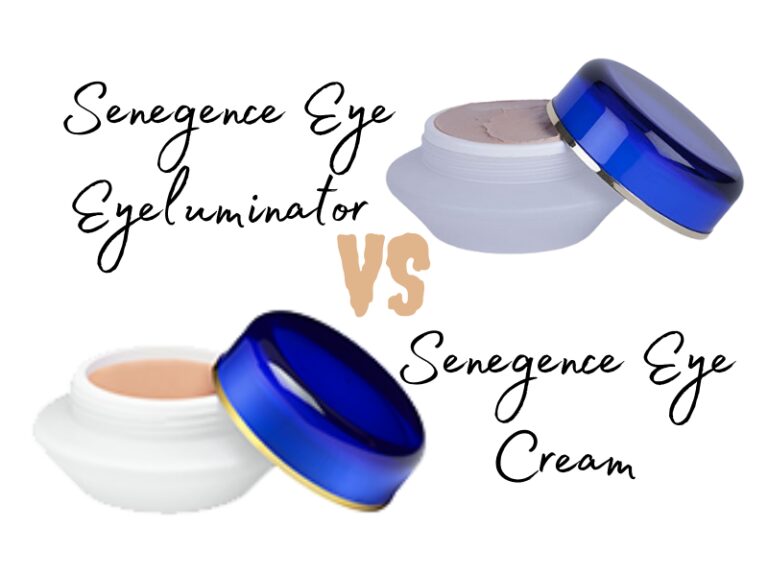
Congenital Ptosis is a condition in which one or both of the upper eyelids are lower than their normal level, whereby the eyelid line (space between the lower and upper eyelids) is reduced to varying degrees. When this defect is present from birth, it is called congenital eyelid ptosis.
When it is present from birth, it is called congenital eyelid ptosis.
What Causes Of Congenital Ptosis?
Most cases of congenital eyelid ptosis are idiopathic, meaning not if they know the causes.
From a histological point of view, the levator muscle of the upper eyelid, responsible for lifting the eyelid, is dystrophic. The muscle did not have normal embryonic development and is partially or replaced by adipose and connective tissue, with a consequent deficit of the contractile function and, therefore, of the eye’s normal opening.
Other potential causes of congenital ptosis include:
Blepharophimosis syndrome: This condition consists of short eyelid fissures, congenital ptosis.
Third cranial nerve palsy: It is typically associated with aberrant regeneration. The pupil can paradoxically be small and non-reactive
Horner’s syndrome: ipsilateral departments of miosis, mild ptosis, and anhidrosis characterize this syndrome. The ipsilateral lower eyelid can elevate. A difference in the color of the iris between the eyes can also result from the lack of innervation to the melanocyte iris.
Marcus Gunn’s jaw blinks syndrome: The external pterygoid muscle’s motor nerve is misdirected to the ipsilateral levator muscle. The elevation of the lid occurs with chewing or with the movement of the jaw towards the opposite side.
When Should The Child Be Subject To Correction Of Congenital Ptosis?
“Vladimir Kratky, a dermatologist of AES Annals of Eye Science, explains, the parent may mistakenly consider the child’s ptosis to be a purely aesthetic defect, but this is not the case.”
- The lowering of the eyelid does not allow a correct stimulation of the eye by the light: the deprivation of the light stimulus prevents the correct development of the visual function, compromising it in a permanent and sometimes very serious way.
- It is essential to correct pediatric ptosis within the first 5 years of life to ensure the proper visual development of the patient and reduce the risk of amblyopia.
- Children with ptosis have difficulty orienting themselves in space, leading to falls, collisions with objects, and disorientation in unfamiliar environments.
- Children with ptosis raise their heads to look (head spoilt) and frown, causing headaches and stiff necks.
- Disorientation, abnormal postures, and reduced visual function compromise the child’s social relationships with peers, up to discrimination and the onset of relational problems.
What Does The Correction Intervention Of A Congenital Ptosis Consist?
The correction is surgical and provides two different possibilities based on the residual function of the levator muscle:
- Enhancement of the levator muscle of the upper eyelid: when the function is present and greater than 4-5 mm, it will be possible to operate to shorten the muscle or its aponeurosis to obtain an elevation of the eyelid.
- Suspension of the eyelid to the frontal muscle: when the function is absent or less than 4-5 mm, replacement surgery will be necessary using the frontal muscle using autologous material, such as fascia lata, from 3 years of life or synthetic material, before the age of 3 years of age.
“Each patient, together with their parents, will be directed and advised towards the most appropriate and cutting-edge surgical practices, according to the most up-to-date guidelines of the international surgical associations.
A highly specialized team follows the child for interventions on pediatric patients, which ensures maximum sensitivity and attention from the preoperative phase to discharge.”
What Are The Results Of A Correction Of Congenital Palpebral Ptosis?
The child lives the intervention experience with serenity, followed in each step by a team of great experience with pediatric users and professionalism. The incisions are scarcely visible because they are made in the natural folds of the face and the contiguity of the eyebrow margin.
“The intervention allows a correct development of the visual function, corrects the spoiled postural attitudes put in place by the child to compensate for the lowering of the eyelid (neck in hyperextension, ophthalmic torticollis) and prevents the child from possible psychological repercussions linked to the defect in the interaction with peers.”
Is congenital ptosis serious?
Congenital ptosis generally occurs alone, without any other systemic condition present. In contrast, any ptosis that persists for weeks or months can signal a medical emergency that requires further neurologic and physical evaluation.






